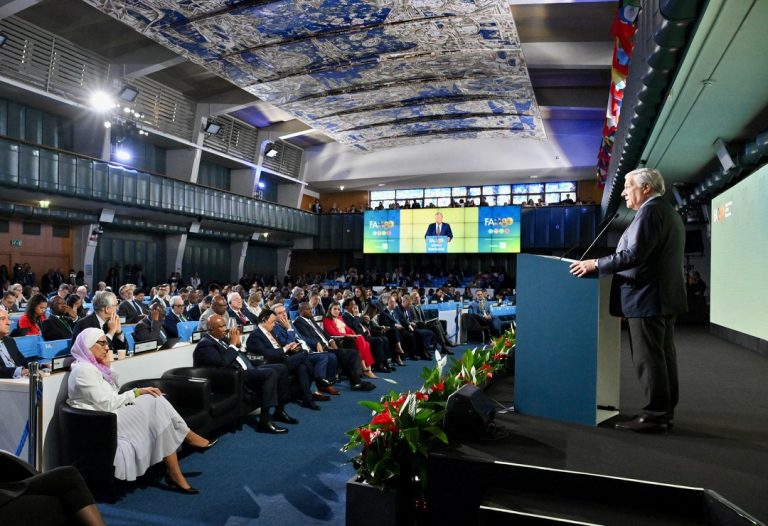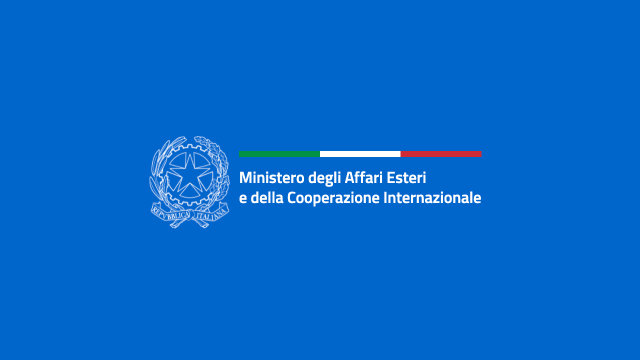The civilian victims of the armed conflict being waged in Syria for over two years number 100,000, at least 7,000 of them children, according to the most recent United Nations estimates. And over 4 million people, of whom nearly 2 million are children, are “displaced persons” forced to leave their homes but still in Syria. To these must be added over 1.9 million refugees, of whom 1 million are children, who have fled to neighbouring countries (Turkey, Jordan, Lebanon, Iraq and Egypt). Taking Syrians trapped in the conflict areas, displaced persons in Syria itself, and refugees abroad, 8.7 Syrians have been affected by the conflict, about half of whom are under 18 years of age.
Fund-raising campaign
UNICEF is collecting funds as part of its “Syria’s Children: a generation at risk” campaign. The closing event will be a conference at the Farnesina on Thursday 12 September 2013 that will review and analyse the problems linked to the drama the Syrians, and Syrian children in particular, are living through. Participants, in addition to Foreign Minister Emma Bonino, will be the President of UNICEF Italy, Giacomo Guerrera, and UNICEF representatives in areas affected by the humanitarian crisis (Annamaria Laurini for Lebanona and Marzio Babille for Iraq). The ANSA news agency will also be represented, with a presentation by its director, Luigi Contu.
Falling school attendance
Another factor that has a bearing on the uncertain future of the youngest generation of Syrians is the fall in school attendance. The figures are shocking, says Maria Calivis, UNICEF director for the Middle East and North Africa. Idlib and Aleppo are the worst hit provinces, with over 1,200 schools damaged or destroyed and with school attendance rates falling to 23% (Aleppo) and 30% (Idlib).
In Lebanon, the government estimates that the number of school-age Syrian children in the country will rise to nearly 550,000 by the end of 2013. These must be added to the 300,000 Lebanese children enrolled in the public education system. In recent months, only 15% of the child refugees were included in educational system, formal or otherwise.
In Jordan, about two-thirds of school-age Syrian refugees are not attending school. Of the 30,000 children living in Za’atari, the huge refugee camp, only 12,000 are enrolled for schooling.
In Iraq, 9 out of 10 child refugees living in reception camps are excluded from the education system. In the last 3 weeks Iraqi Kurdistan has seen an influx of over 50,000 new refugees, about half of them children who will need support if they are to continue their education.
UNICEF, along with the United Nations Relief and Works Agency (UNRWA) and the Syrian Education Ministry, will be launching a home-schooling programme this month (September 2013). The programme will enable about 400,000 children living in the areas experiencing the most intensive fighting to go on following the national curriculum.


